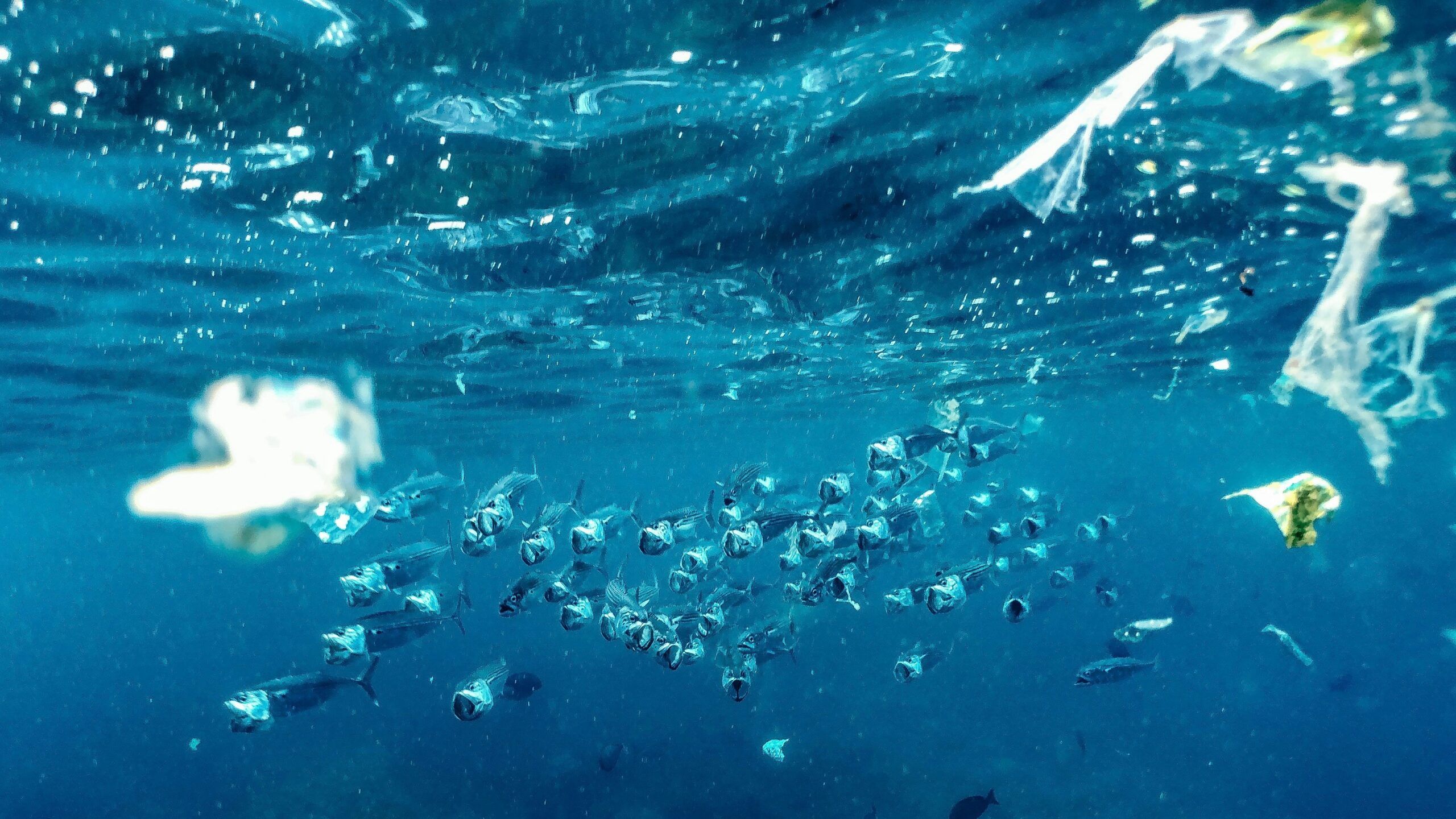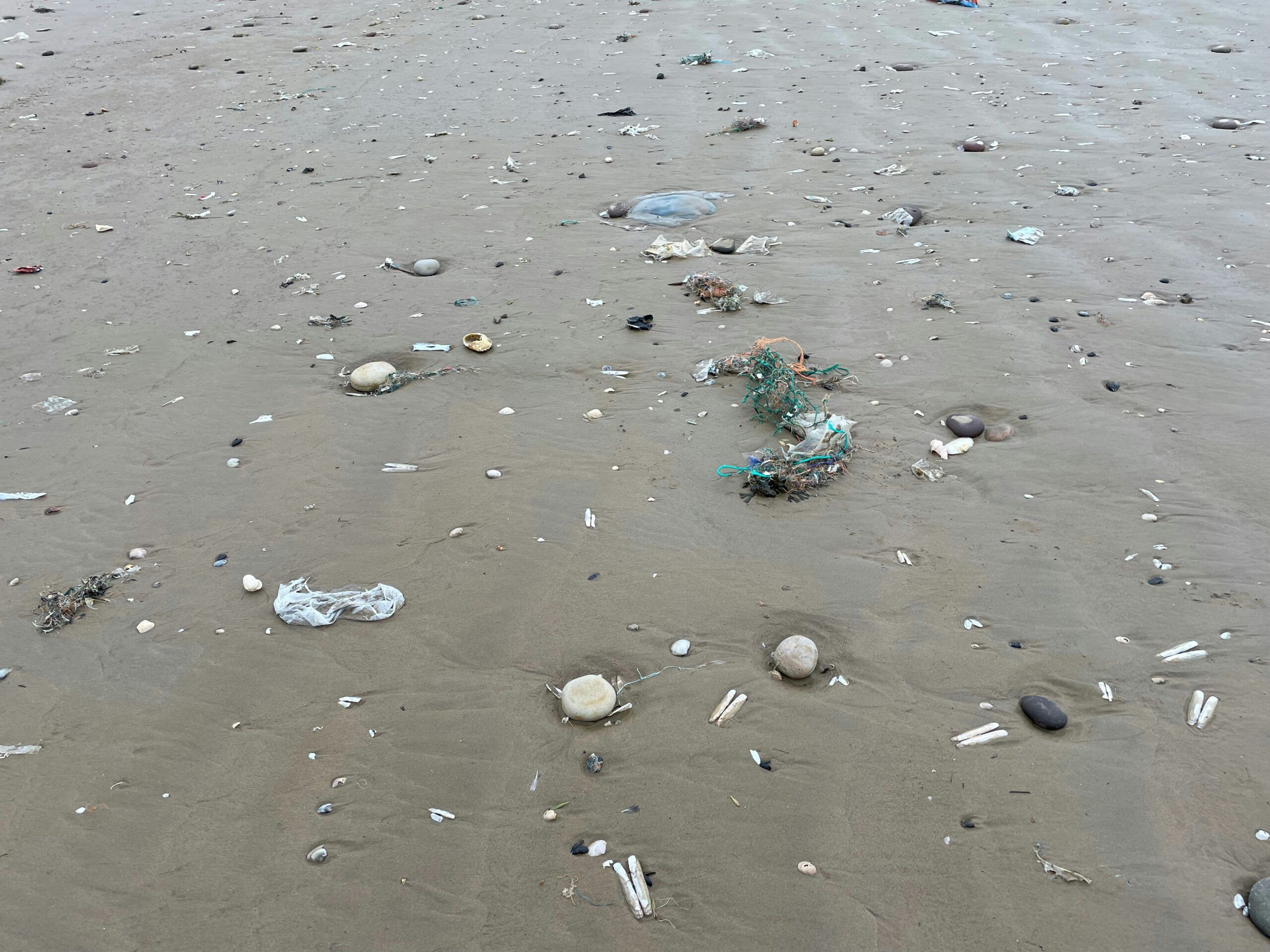Microplastics – the invisible danger
What is Microplastics?
They are defined as small, water-insoluble particles made of synthetic polymers such as polyethylene or polypropylene.
EU Regulation 2023/2055 refers to them as ‘synthetic polymer microparticles’ and defines their properties as solid, non-biodegradable, non-naturally occurring and ranging in size from 1 µm to 5 mm according to the OECD definition. Even smaller particles are considered nanoplastics.
A distinction is also made between primary and secondary microplastics.


The former are specifically manufactured for cosmetics, textiles or industry, e.g. PE, PP, PET, PVC, nylon or polyacrylic.
The latter are created by the breakdown of larger plastic parts from bottles, bags or tyre abrasion and make up the majority of environmental microplastics.
How do microplastics get into the environment?
Primary microplastics enter the environment via wastewater, e.g. from cosmetics or medical products, or from fertilisers and pesticides on fields.
Secondary microplastics enter the natural environment through tyre and road abrasion, waste disposal, textile washing, shoe sole abrasion and uncontrolled disposal of packaging.
How do microplastics enter the human body?

Food and beverages
Microplastics have been detected in fish, seafood, honey, beer, salt, fruit and mineral water.
Microplastics also enter our bodies via plastic packaging, manufacturing processes and kitchen utensils.

Cosmetics and personal care products
Thanks to EU Regulation 2023/2055, nanoplastics are now banned in many products such as exfoliants, shower gels, toothpaste and sunscreen.
Other cosmetics containing microplastics must be labelled with a warning from 2031 onwards.

Textiles and household goods
Synthetic fibres in clothing, such as polyester fleece, release microplastics during washing, which then end up in wastewater.
Microplastics from carpets, furniture or clothing abrasion can be inhaled or swallowed.

Breathing
Fine dust, e.g. from tyre abrasion, contains microplastics and accounts for up to 9% of the dust in cities.






